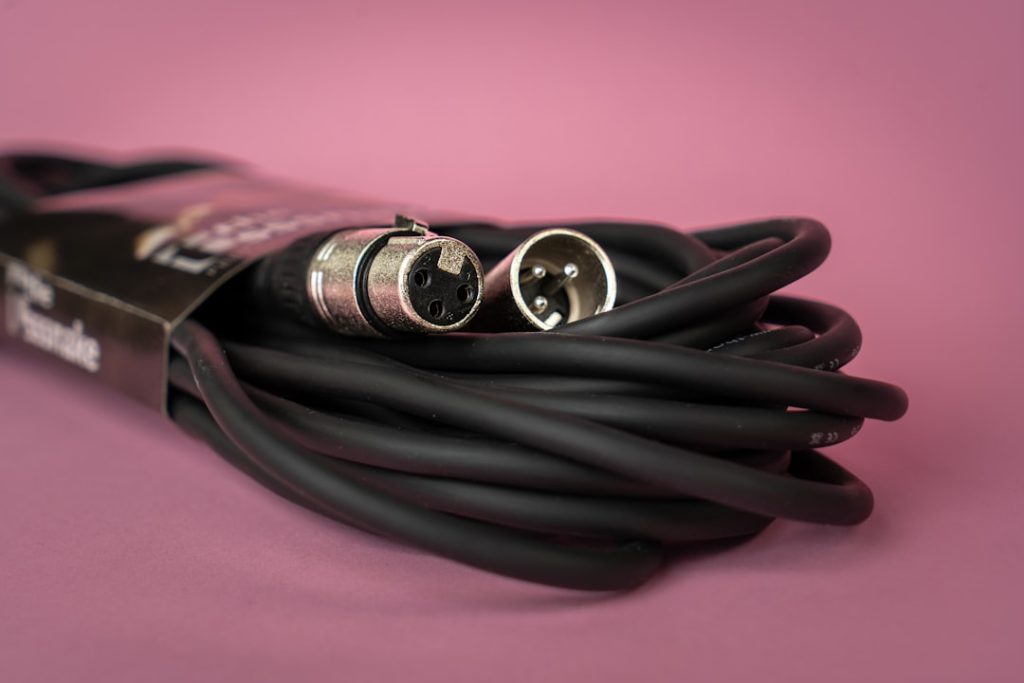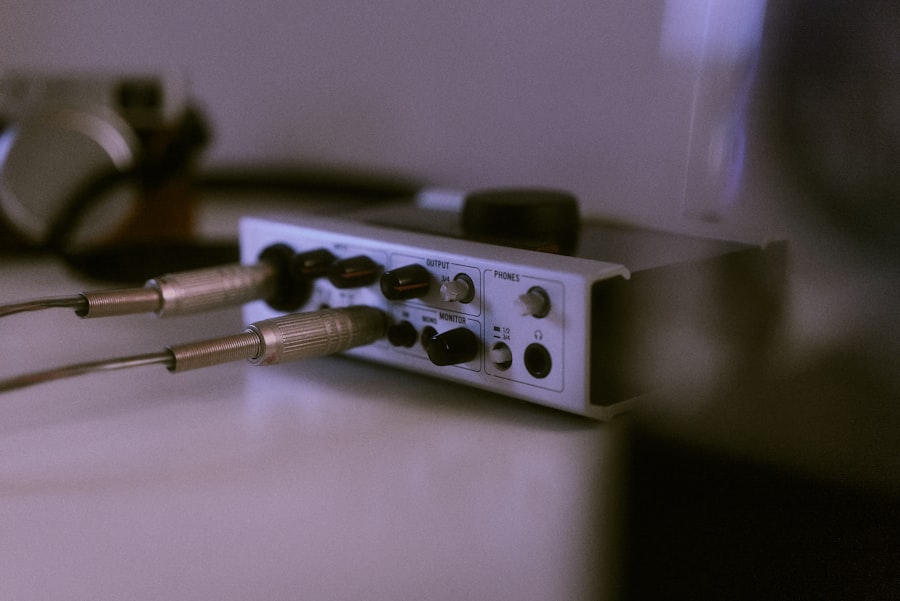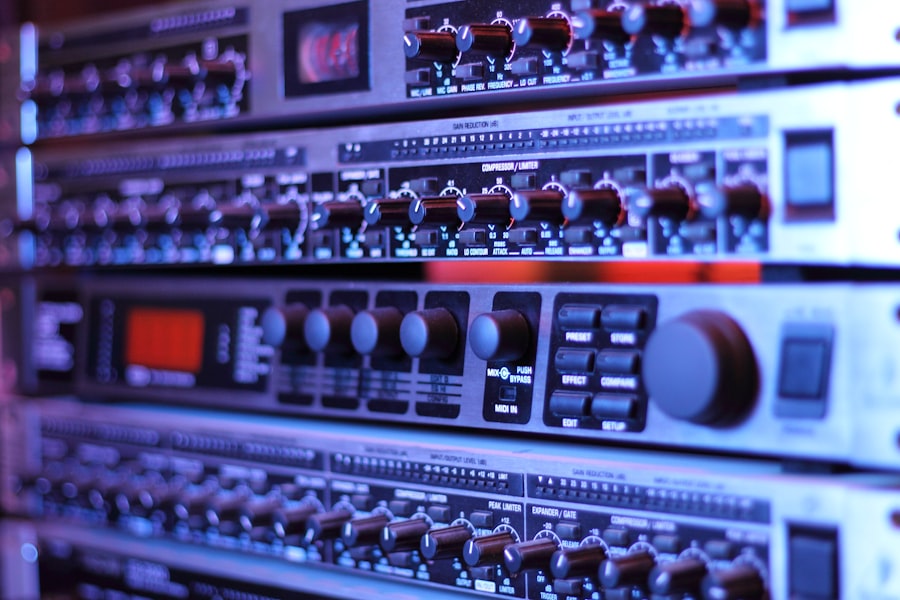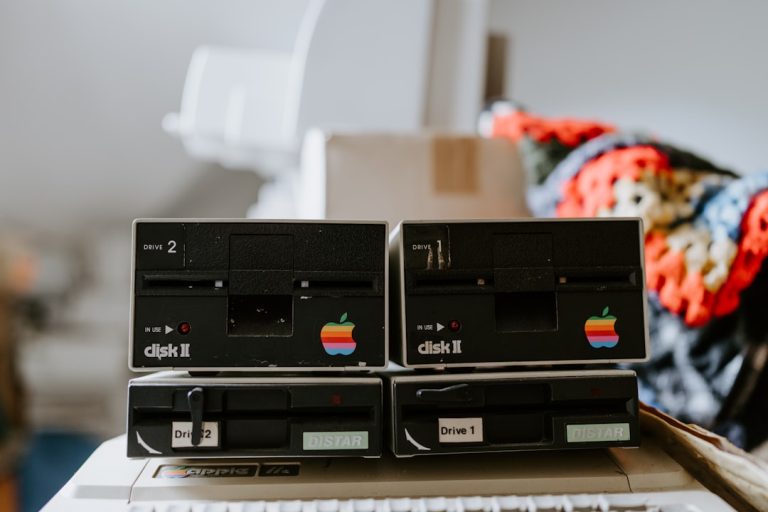
Digital audio quality is a multifaceted concept that encompasses various elements, including fidelity, clarity, and the overall listening experience. At its core, digital audio quality refers to how accurately sound is captured, processed, and reproduced in a digital format. This quality is influenced by several factors, such as the recording environment, the equipment used, and the file formats chosen for storage and playback.
Understanding these elements is crucial for anyone involved in audio production, whether they are musicians, sound engineers, or casual listeners seeking to enhance their auditory experience. One of the primary aspects of digital audio quality is the concept of sampling. Digital audio is created by sampling an analog signal at discrete intervals.
The rate at which these samples are taken is known as the sample rate, typically measured in kilohertz (kHz). A higher sample rate allows for a more accurate representation of the original sound wave, capturing more detail and nuance. For instance, a standard CD audio sample rate of 44.1 kHz captures frequencies up to 22.05 kHz, which is sufficient for most music genres.
However, for high-fidelity recordings or specific applications like classical music or sound design, higher sample rates such as 96 kHz or even 192 kHz may be employed to capture a broader frequency range and provide a richer listening experience.
Key Takeaways
- Digital audio quality is determined by file format, bitrate, and sample rate
- Choose file formats like WAV or FLAC for high-quality audio
- Optimize bitrate and sample rate for the best balance of quality and file size
- Use high-quality audio equipment to capture and reproduce sound accurately
- Properly set up your audio software to ensure optimal performance and quality
Choosing the Right File Format
The choice of file format plays a pivotal role in determining the quality of digital audio. Various formats exist, each with its own advantages and disadvantages. Lossless formats like WAV and FLAC preserve the original audio quality without any loss of data during compression.
WAV files are uncompressed and provide the highest fidelity, making them ideal for professional recording and editing environments. On the other hand, FLAC files offer a balance between quality and file size, as they compress audio without sacrificing any detail, making them suitable for audiophiles who want to save storage space while maintaining high sound quality. Conversely, lossy formats such as MP3 and AAC sacrifice some audio quality for smaller file sizes.
These formats use perceptual coding techniques to remove sounds that are less audible to human ears, resulting in reduced file sizes that are more manageable for streaming and storage. While this can be advantageous for casual listening or mobile devices with limited storage capacity, it can lead to noticeable degradation in sound quality, especially at lower bitrates. Therefore, understanding the implications of each format is essential for anyone looking to optimize their audio experience.
Optimizing Bitrate and Sample Rate

Bitrate and sample rate are two critical parameters that significantly influence digital audio quality. Bitrate refers to the amount of data processed per unit of time in an audio file, typically measured in kilobits per second (kbps). Higher bitrates generally result in better sound quality because more data is used to represent the audio signal.
For example, a 320 kbps MP3 file will typically sound much clearer and more detailed than a 128 kbps version of the same track. However, higher bitrates also lead to larger file sizes, which can be a consideration for storage and bandwidth limitations. Sample rate, as previously mentioned, determines how frequently an audio signal is sampled per second.
While standard CD-quality audio uses a sample rate of 44.1 kHz, many professionals opt for higher rates when recording or producing music. For instance, a sample rate of 48 kHz is commonly used in video production to ensure synchronization between audio and visual elements. In specialized applications like high-resolution audio streaming or archival recordings, sample rates of 96 kHz or even 192 kHz may be employed to capture intricate details that would otherwise be lost at lower rates.
Balancing bitrate and sample rate is essential for achieving optimal audio quality while considering practical constraints such as storage capacity and playback compatibility.
Using High-Quality Audio Equipment
| Metrics | Data |
|---|---|
| Improved Sound Quality | High-fidelity audio equipment can provide clearer and more accurate sound reproduction. |
| Enhanced Listening Experience | Using high-quality audio equipment can result in a more immersive and enjoyable listening experience. |
| Longevity | High-quality audio equipment is often built to last, providing a longer lifespan compared to lower-quality alternatives. |
| Reduced Distortion | Quality audio equipment can minimize distortion, resulting in a more accurate representation of the original sound. |
The equipment used in recording and playback has a profound impact on digital audio quality. High-quality microphones, preamps, and speakers can significantly enhance the clarity and fidelity of sound reproduction. For instance, a professional-grade condenser microphone can capture a wider frequency range and more dynamic nuances compared to a standard dynamic microphone.
This is particularly important in studio settings where capturing the subtleties of vocals or acoustic instruments is paramount. In addition to microphones, the choice of audio interfaces and digital-to-analog converters (DACs) also plays a crucial role in maintaining audio integrity. A high-quality audio interface can minimize latency and ensure accurate conversion from digital signals back to analog for playback through speakers or headphones.
Similarly, investing in good headphones or studio monitors can make a substantial difference in how audio is perceived during mixing and mastering processes. The clarity provided by high-end equipment allows sound engineers to make more informed decisions about EQ adjustments, compression settings, and overall mix balance.
Properly Setting Up Your Audio Software
The software used for recording and editing audio is just as important as the hardware involved in the process. Digital Audio Workstations (DAWs) like Pro Tools, Logic Pro, or Ableton Live offer powerful tools for manipulating sound but require proper configuration to achieve optimal results. Setting up your DAW involves selecting appropriate sample rates and bit depths that match your recording environment and intended output format.
For instance, if you plan to produce music for streaming platforms that typically use 44.1 kHz sample rates, it’s advisable to set your DAW accordingly to avoid unnecessary conversions that could degrade audio quality. Moreover, understanding how to utilize plugins effectively can enhance your audio production capabilities significantly. Effects such as equalization (EQ), compression, reverb, and delay can shape the sound in profound ways when applied correctly.
However, improper use of these tools can lead to muddiness or harshness in the mix. Therefore, it’s essential to familiarize yourself with both the technical aspects of your software and the artistic principles behind sound design to create polished final products.
Minimizing Compression and Lossy Formats

While compression can be beneficial for reducing file sizes and facilitating easier distribution of audio files, excessive use of lossy formats can compromise sound quality significantly. Lossy compression algorithms work by removing certain audio data deemed less critical to human hearing; however, this process can lead to artifacts such as distortion or a lack of depth in the soundstage. For critical listening environments or professional applications where fidelity is paramount, it’s advisable to minimize reliance on lossy formats like MP3 or AAC.
This is particularly important when archiving music collections or preparing tracks for mastering sessions where every detail matters. Additionally, when distributing music online or through streaming services, artists should consider providing high-resolution options alongside standard lossy formats to cater to audiophiles who prioritize sound quality over convenience.
Avoiding Clipping and Distortion
Clipping occurs when an audio signal exceeds the maximum level that can be accurately represented within a digital system, resulting in distortion that can severely degrade sound quality. This phenomenon often arises during recording or mixing when levels are pushed too high without proper gain staging. To avoid clipping, it’s essential to monitor levels carefully throughout the production process using metering tools available within most DAWs.
Proper gain staging involves setting levels at each stage of the signal chain—recording, mixing, and mastering—to ensure that no part of the process introduces unwanted distortion. For instance, during recording sessions, it’s advisable to leave headroom by setting input levels well below 0 dBFS (decibels relative to full scale). This practice allows for unexpected peaks without risking clipping while providing flexibility during mixing when adjustments may be necessary.
Regularly Testing and Monitoring Your Audio Quality
Regular testing and monitoring of audio quality are vital practices for anyone involved in sound production or playback. This process involves critically listening to recordings on various playback systems—such as studio monitors, headphones, and consumer speakers—to assess how well they translate across different environments. Each system has its unique characteristics that can affect how audio is perceived; therefore, testing on multiple platforms helps identify potential issues that may not be apparent on just one type of equipment.
Additionally, utilizing tools like frequency analyzers and loudness meters can provide valuable insights into the technical aspects of your mixes. These tools help ensure that your audio adheres to industry standards regarding loudness levels while also allowing you to visualize frequency distribution across the spectrum. By regularly monitoring these parameters throughout your production workflow, you can make informed decisions that enhance overall sound quality while avoiding common pitfalls associated with poor mixing practices.
In conclusion, understanding digital audio quality involves a comprehensive approach that encompasses various technical aspects from file formats to equipment choices and software configurations. By prioritizing high-quality recordings through careful selection of formats and equipment while maintaining awareness of potential pitfalls like clipping or excessive compression, individuals can significantly enhance their auditory experiences across diverse applications—from casual listening to professional music production.
If you’re looking to further enhance your knowledge on improving digital audio quality, you may want to check out the article “Hello World” on media/blog/2025/05/22/hello-world/’>sersea.
media. This article may provide additional insights and tips on how to optimize your digital audio experience.
FAQs
What are some common issues that affect digital audio quality?
Some common issues that affect digital audio quality include low bit rate, compression artifacts, background noise, and poor recording equipment.
How can I improve the digital audio quality of my recordings?
You can improve the digital audio quality of your recordings by using high-quality recording equipment, minimizing background noise, using a higher bit rate, and avoiding excessive compression.
What is the importance of using high-quality recording equipment for digital audio?
Using high-quality recording equipment is important for digital audio because it can capture sound more accurately and with less distortion, resulting in higher overall audio quality.
What is the significance of bit rate in digital audio quality?
Bit rate is significant in digital audio quality because it determines the amount of data used to represent the audio, with higher bit rates generally resulting in better audio quality.
How can I reduce background noise in my digital audio recordings?
You can reduce background noise in your digital audio recordings by using a quiet recording environment, using noise reduction software, and using directional microphones to focus on the desired sound source.
What are compression artifacts and how do they affect digital audio quality?
Compression artifacts are distortions or anomalies in audio caused by data compression. They can affect digital audio quality by introducing unwanted noise or altering the original sound.


